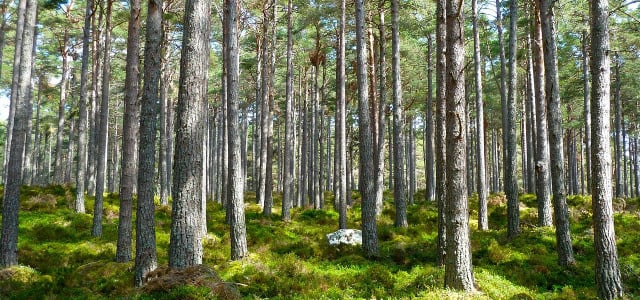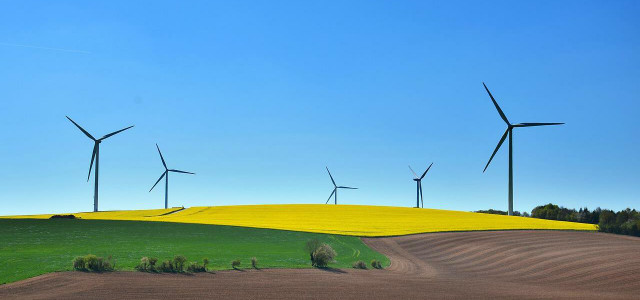Conservation vs. preservation, how do they differ? Learn about the key differences between these two approaches to protecting our natural and cultural heritage.
Conservation and preservation are two important approaches to protecting natural and cultural resources in the United States. While the two terms are often used interchangeably, they have distinct meanings and different approaches.
- Conservation is the management and protection of natural resources, such as wildlife and habitats, in order to maintain their ecological integrity and ensure their sustainability for future generations.
- Preservation is the protection of cultural and historical sites, such as the unique features of landscapes and landmarks, in order to maintain their authenticity and historical significance.
We’ll explore the key differences when it comes to conservation vs. preservation, as well as their similarities.
What Is Conservation?
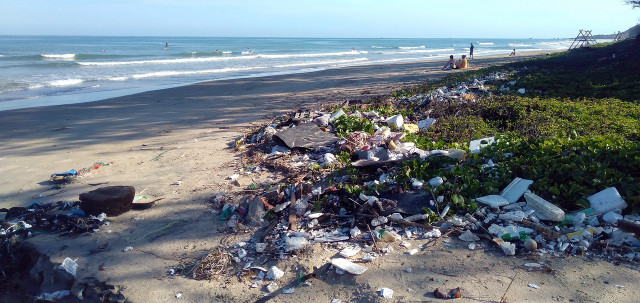


(Foto: CC0 / Pixabay / sergeitokmakov)
Conservation is the management and protection of natural resources, such as habitat restoration, species management, and natural resource management.
The U.S. government agency responsible for conservation efforts is the U.S. Fish and Wildlife Service (FWS). The FWS works to conserve, protect, and enrich fish, wildlife, and plants and their habitats. However, it’s worth noting that in the US, 70% of the nation’s land is privately owned.
This means that conservation largely falls on the shoulders of farmers, ranchers, and forest owners. However, the USDA does provide support and incentives for this effort. In 2021, for instance, 5 million acres of land of privately owned land were in partnership with the USDA.
Their efforts include aspects such as:
- Restoration and enhancement of wetlands, grasslands, and working farms and ranches
- Carbon sequestration
- Easement – where landowners limit the use of land for things such as agriculture and agree to conserve it as part of an agreement with a land trust or public agency.
What Is Preservation?
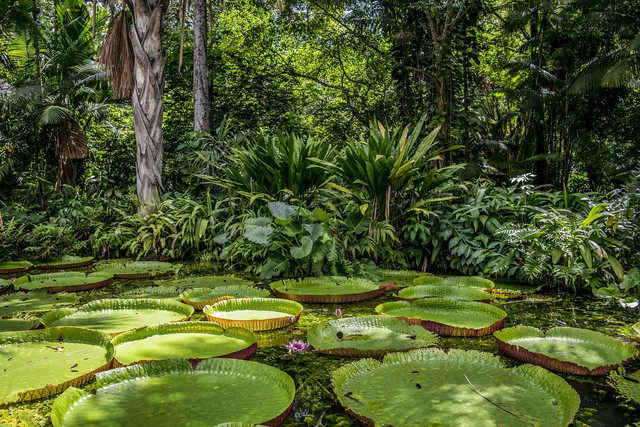


(Foto: CC0 / Pixabay / TNeto)
Where conservation focuses on how we use resources, preservation acts to protect these resources from use. To clarify use in this case, it is not necessarily that no one can enjoy preserved areas, but it is protected against alternative harmful uses such as agricultural production, logging, or hunting.
Preservation is mainly about the protection of cultural and historical sites, such as ancient environments and landscapes, in order to maintain their present condition and historical significance. It includes activities such as preventing commercial development and protecting archaeologically significant sites.
The US government agency responsible for preservation efforts is the National Park Service (NPS). The NPS works to preserve and protect the country’s cultural and natural resources for the enjoyment of present and future generations.
One example of this is Preserve America which is a federal project designed to help communities protect their heritage and historic assets. They work by:
- Offering education programs
- Encouraging heritage tourism
- Organizing preservation activities with locals
Conservation vs. Preservation: Key Similarities



(Foto: CC0 / Pixabay / Aymanejed)
Both conservation and preservation have the common goal of safeguarding resources for future generations.
Additionally, both approaches involve the management and protection of resources, whether they be natural resources or cultural and historical resources. If we compare the two, we can see many nuances between them:
- Focus: Both conservation and preservation focus on protecting the natural environment and its resources.
- Aims: Both aim to maintain ecological balance and biodiversity.
- Long-term goals: Both are concerned with the long-term sustainability of natural resources.
- Protection: Both involve the protection of endangered species and habitats.
- Education: Both promote public education and awareness of environmental issues.
Conservation vs. Preservation: Key Differences
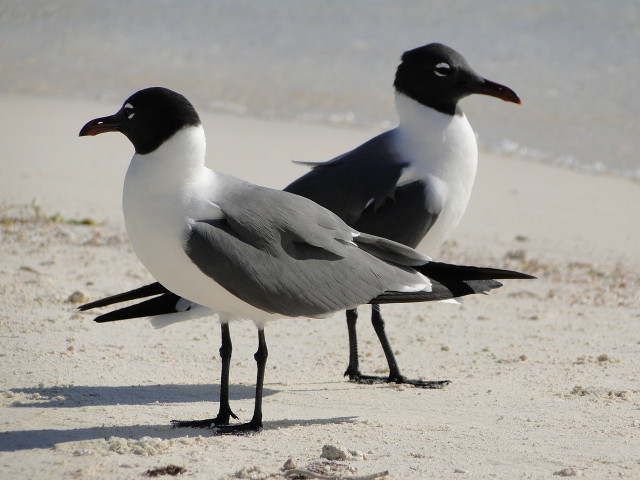


(Foto: CC0 / Pixabay / sabinurce)
The main difference between conservation and preservation is the approach they take toward protecting resources. Conservation is proactive and aims to use resources in a sustainable manner, while preservation is reactive and aims to protect and maintain existing resources.
Conservation focuses on natural resources such as wildlife and habitats, while preservation focuses on cultural and historical resources such as old or unique landscapes. Some key differences include:
- Approach: Conservation generally involves the active management of resources of natural resources for human use. Preservation, on the other hand, is the protection of natural areas and resources in their pristine, undeveloped state. It typically concerns the protection of resources from human use and development.
- Administration: In the U.S., the National Parks Service is a government agency that operates under the principle of preservation, while the United States Forest Service operates under the principle of conservation.
- Methods: Conservation often includes the use of science-based decision-making and management, while preservation focuses on the protection and maintenance of natural areas in their uncultivated state.
- Scope: Preservation tends to focus on protecting specific areas, such as wilderness and national parks, while conservation focuses on the management of resources on a broader scale, such as entire ecosystems.
Takeaways
Conservation and preservation are two important approaches to protecting resources for future generations in the United States. While they have distinct meanings and different approaches, they share the common goal of protecting resources and ensuring their sustainability.
It is essential to understand the key differences and similarities between conservation and preservation in order to effectively protect and manage our resources.
Read more:
- Cryopreservation: How it Works & Its Role in Biodiversity
- 6 Solutions to Deforestation and What You Can Do
- Non-Renewable Resources: 5 Examples Explained
Do you like this post?






